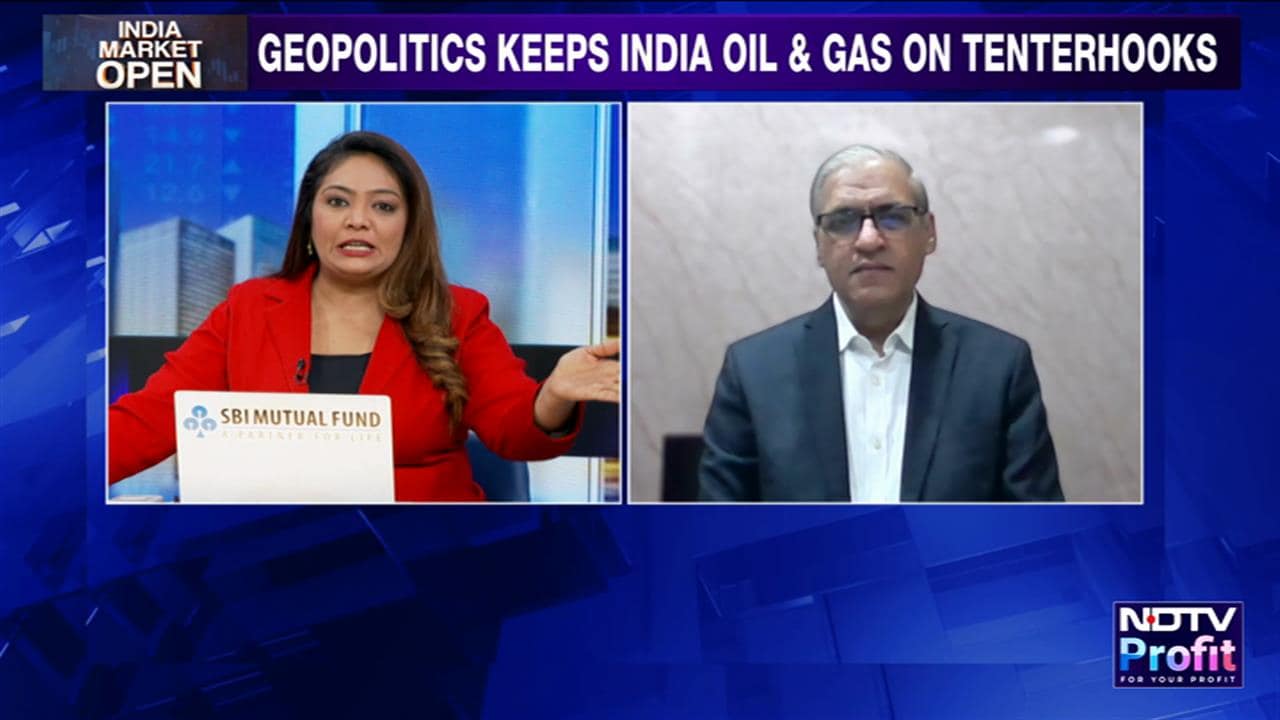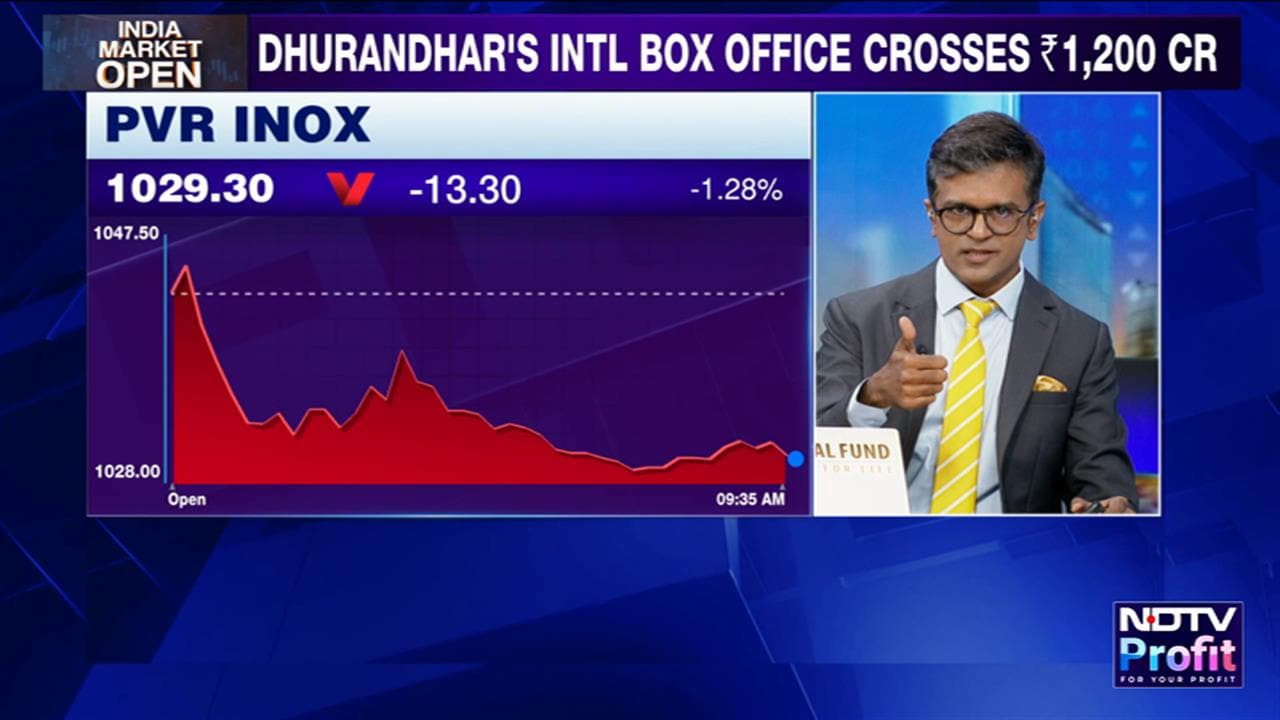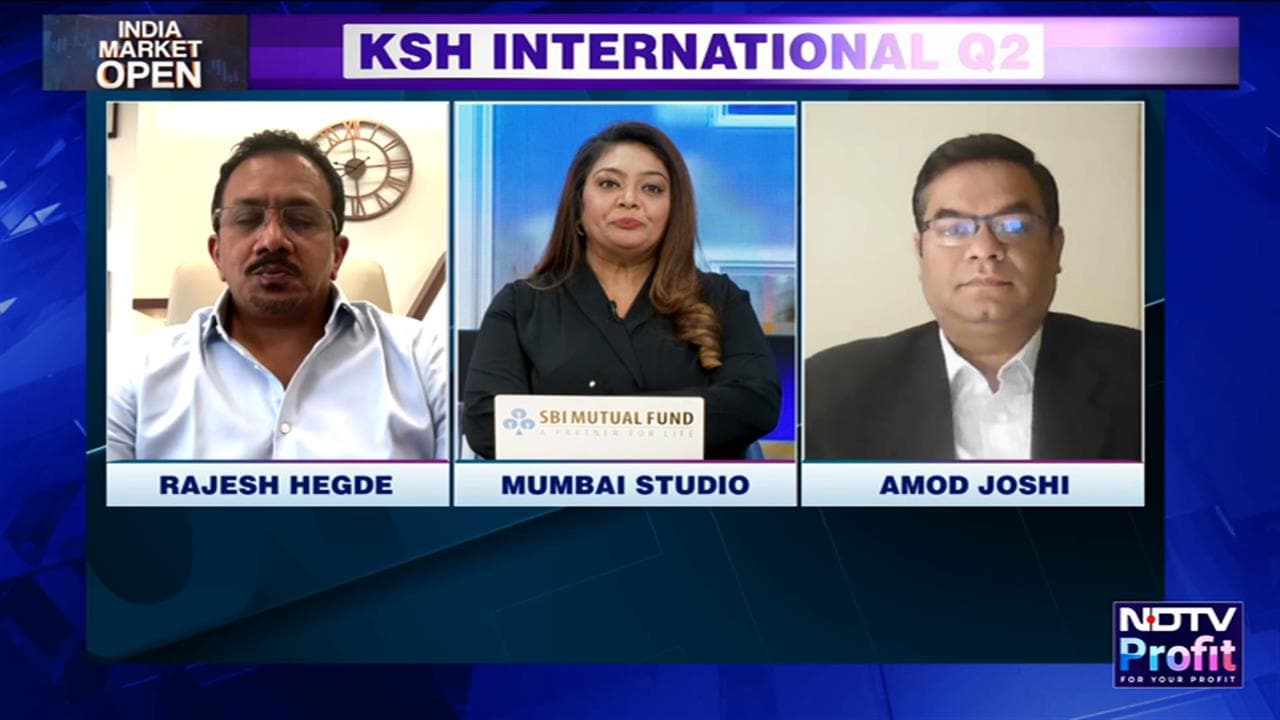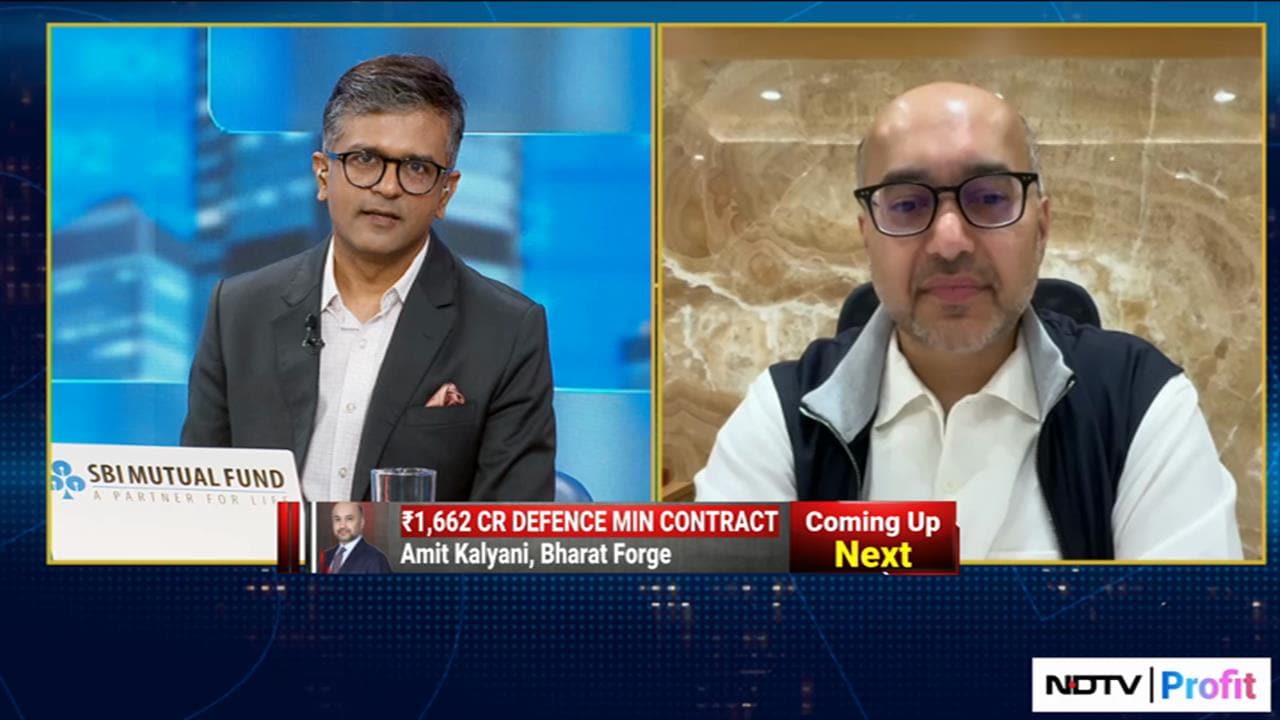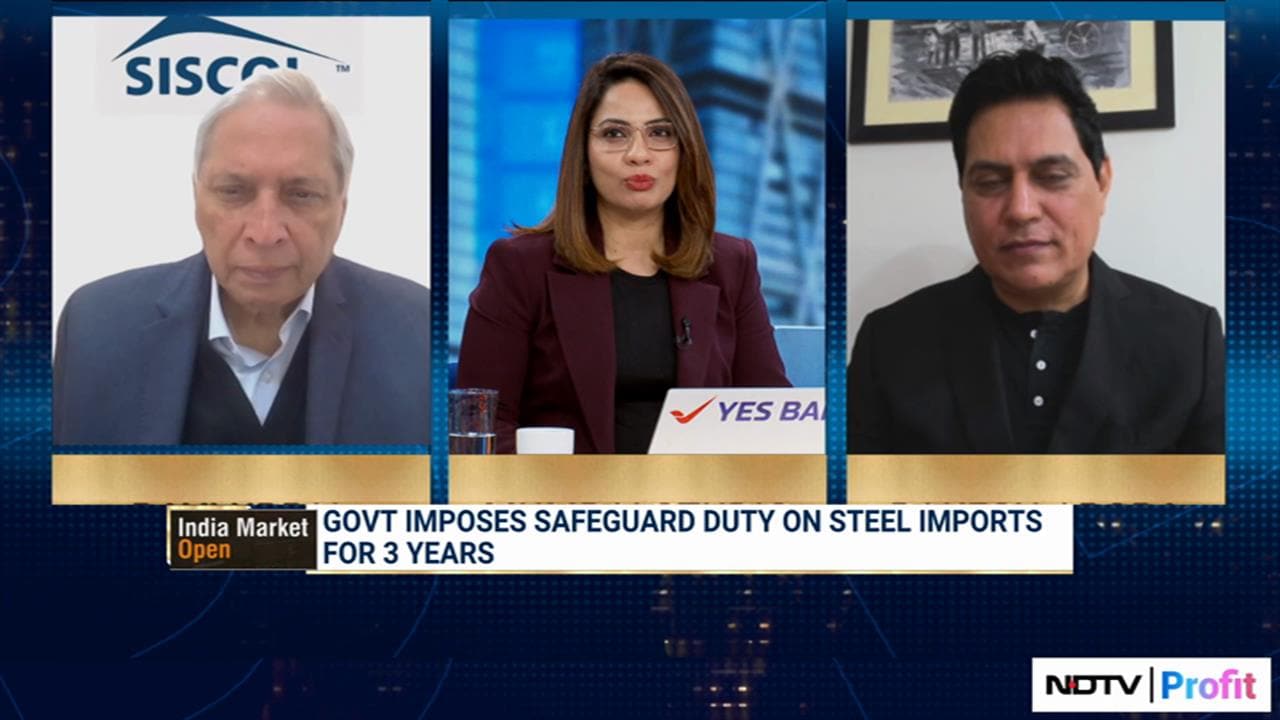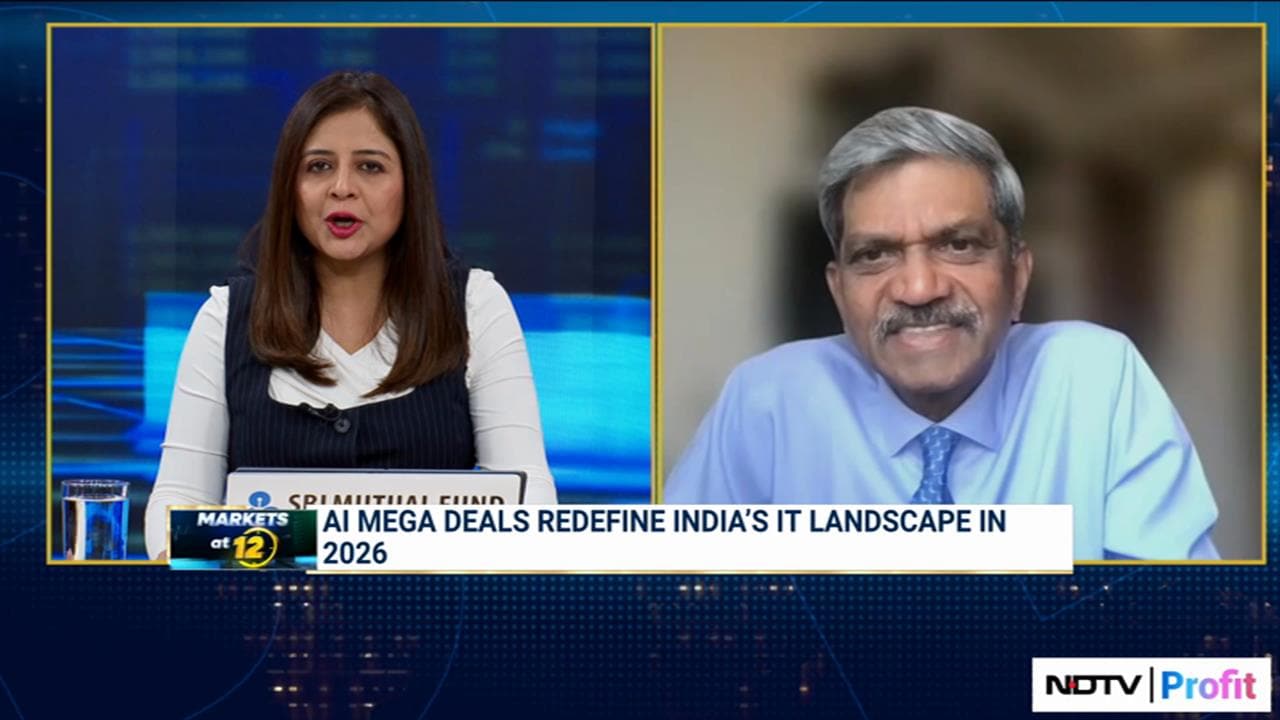
Ceat Ltd. expects margins to soften in the third quarter on account of rising crude oil prices, according to Chief Financing Officer Kumar Subbiah.
"We saw less impact in Q2 as the company had enough inventory in the pipeline. However, we have consumed most of it now," he told BQ Prime.
The recent price hikes in critical tyre industry raw materials like carbon black, synthetic rubber, and nylon fabric are warning of the adverse effects of escalating crude prices and a depreciating Indian currency on material costs, Subbiah said. He also noted a stable pricing environment over the last six to eight months but expressed that if raw material and crude prices stay consistent, pricing adjustments may be necessary.
The company expects raw material prices to increase 3–4% in Q3, Subbiah said.
The 15% margin achieved by the company in Q2 was at the higher end of their expectations, and the company would be comfortable maintaining a margin in the range of 100–200 basis points of 13%, he said.
The tyre company's net profit rose 32.25 times to Rs 207.72 crore, while its Ebitda margins increased by 808 basis points to 15.1% in the quarter ended September, according to an exchange filing.
"This is not a one-quarter-only performance", said Subbiah, as the company's recent quarterly performance surpassed analyst estimates on all fronts. "We have been improving quarter-on-quarter by an average of 100–200 basis points for the past five quarters," he told BQ Prime.
According to Subbiah, higher volumes, a better product mix, and lower raw material costs all contributed to the mid-single-digit H1FY24 growth. He also mentioned that the company strategically adjusted prices for specific tyre markets over the last 4–5 quarters while keeping selling prices stable as raw material costs declined.
While the company did focus on product premiumisation and improving price realisation during the period, Subbiah stated that they also made efforts to enhance efficiency, streamline manufacturing, improve procurement, and reduce overall operating expenses. "It is an effect of multiple steps with a big impact in Q2," he said.
Market and Product Mix
Ceat's main focus is on passenger vehicles, including cars and two-wheelers. According to Subbiah, these segments outperformed in Q2 FY24 both year-on-year and quarter-on-quarter. These categories have higher margins compared to the company's average, which contributed to improved overall margins in Q2, he said. Ceat plans to enhance the premium offerings in the passenger vehicle segment, he said.
The company has seen year-on-year growth in the commercial sector, Subbiah said, but the segment doesn't yield high profits due to low margins. The company is working on optimising its limited capacity in this segment.
Regarding the market mix, Subbiah expressed the company's preference for increasing the 'replacement' segment's share beyond the current 53%. This is because it offers better margins, and a few years ago, the share was even higher at 55-58%. He emphasised that the 'OEM' segment's incremental revenue doesn't significantly contribute to margins. Therefore, if the 'OEM' segment grows rapidly without a corresponding increase in the 'replacement' segment, it could impact margins. To balance this, the company is relying on international segment growth in H2FY24.
Expected Demand
The company expects the 'export' segment to lead growth in the second half of the current fiscal. It also expects 'OEM' demand to grow as the company has gotten approval for certain tyres they supply. Furthermore, the company also expects the growing commercial category to contribute and estimates 'Replacement' segment demand to grow to the mid-single-digit level.
Debt and Capital Expenditure
The company has reduced its debt by Rs 450 crore in the last two to three quarters, Subbiah. He stated that with a debt/Ebitda ratio of 1.2, the company is at the lower end of the leverage ratio they have set for themselves, and it will continue to focus on working capital and efficiency management.
The company's capital expenditure guidance of around Rs 700–750 crore could increase to Rs 800 crore this fiscal, he said.
Watch LIVE TV, Get Stock Market Updates, Top Business, IPO and Latest News on NDTV Profit.









